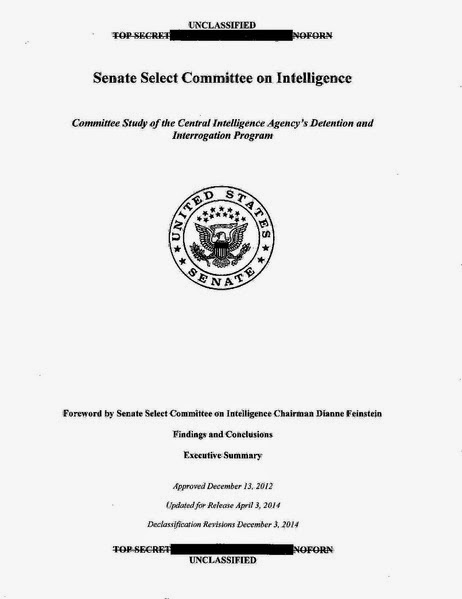exciting plans for 2015. But before I get to that, I just want to note that this year the cycle of Torah readings coincides nicely with the Gregorian calendar. This doesn't always happen, because the Jewish year shifts around a bunch, but right now we happen to also be concluding the Book of Genesis. The final Torah portion of 2014 is therefore Vayechi, meaning "And he lived." A very fitting, one word end-of-year blessing for us all, no? L'Chaim! As it also just so happens, the subject of our Torah reading this week fits perfectly in with my very exciting project for next year here at Ohev Shalom.
Chapter 49 of the Book of Genesis is sometimes referred to as "The Testament of Jacob." It consists of all the final blessings he offered to his twelve sons on his death bed.
Perhaps unwittingly, the symbols by which Jacob blesses (and curses...) his sons are later solidified as the enduring images of the tribes of their descendants: The lion of Judah, the ship of Zebulun, the serpent of Dan, the deer of Naphtali, and of course, the wolf of Benjamin. They all became the family crests for their future tribes and remained so for centuries; and they were first spoken in this week's Torah portion by their father, Jacob. In 2015, Ohev Shalom is embarking on a major art project, commissioning twelve incredible portraits that will adorn the walls of our main sanctuary for decades (and centuries?) to come.
An incredible artist in Philadelphia, Heather Bryson, is working with a member of Ohev Shalom, Douglas Lieberman, to spend the next year creating depictions of the Twelve Tribes of Israel, based on the images described in Genesis and Deuteronomy. I want to take a moment to
acknowledge Charlotte Snyder, who is underwriting this project. Without her generosity, none of it would have been possible. Not only will each picture be one-of-a-kind, but Heather and Dug are also inviting members of our congregation to help construct the different portraits. I myself have already participated in the assembly of the first piece, and it's truly an incredible experience. Not only will these magnificent images depict our ancient heritage, but will also represent our community through the efforts (and artifacts...) that we'll contribute to the project! I also know that it will educate our congregation about the symbols that Jacob bestowed on his children; making them come alive for us in a tangible, beautiful, personal new way.
Heather is already hard at work on the tribe of Reuben. If you would like to learn more about this amazing project, and/or would like to get involved, please let me know. Each piece
.jpg) will take a month or two to complete, and we'll be dedicating them in pairs every few months over the course of the next year. For now, I just want to share with you my excitement and anticipation for what lies ahead. It is true that rabbis often struggle to find ways of making the Torah come alive for congregants, grappling with how to make the text and imagery mean something in modern-day 2014... er, 2015. As I read Jacob's blessings this week, at the threshold of a new year, I cannot help but feel that over the next twelve months, it will be just a little bit easier to find meaning in the ancient Tribes of Israel.
will take a month or two to complete, and we'll be dedicating them in pairs every few months over the course of the next year. For now, I just want to share with you my excitement and anticipation for what lies ahead. It is true that rabbis often struggle to find ways of making the Torah come alive for congregants, grappling with how to make the text and imagery mean something in modern-day 2014... er, 2015. As I read Jacob's blessings this week, at the threshold of a new year, I cannot help but feel that over the next twelve months, it will be just a little bit easier to find meaning in the ancient Tribes of Israel.Happy New Year!
Photos in this blog post:
1. Sketch of the oryx (?) of the tribe of Menashe by Heather Bryson
2. Sketch of the wolf of Benjamin by Heather Bryson
3. Sketch of the serpent and scales of Dan by Heather Bryson
4. One portrait completed! The olive tree of Asher by Heather Bryson. Can't wait to see it on our walls...
.jpg)
.jpg)
.jpg)












